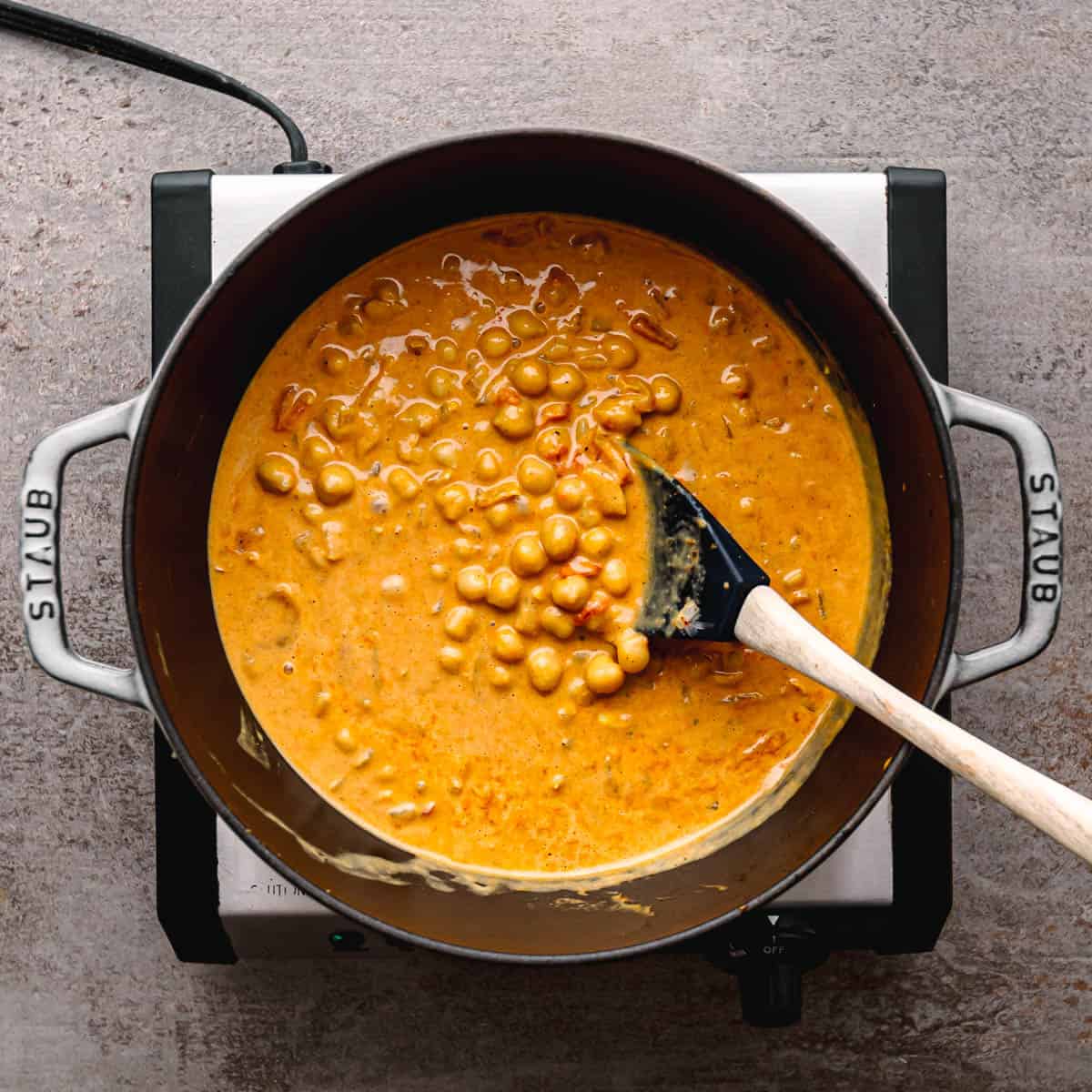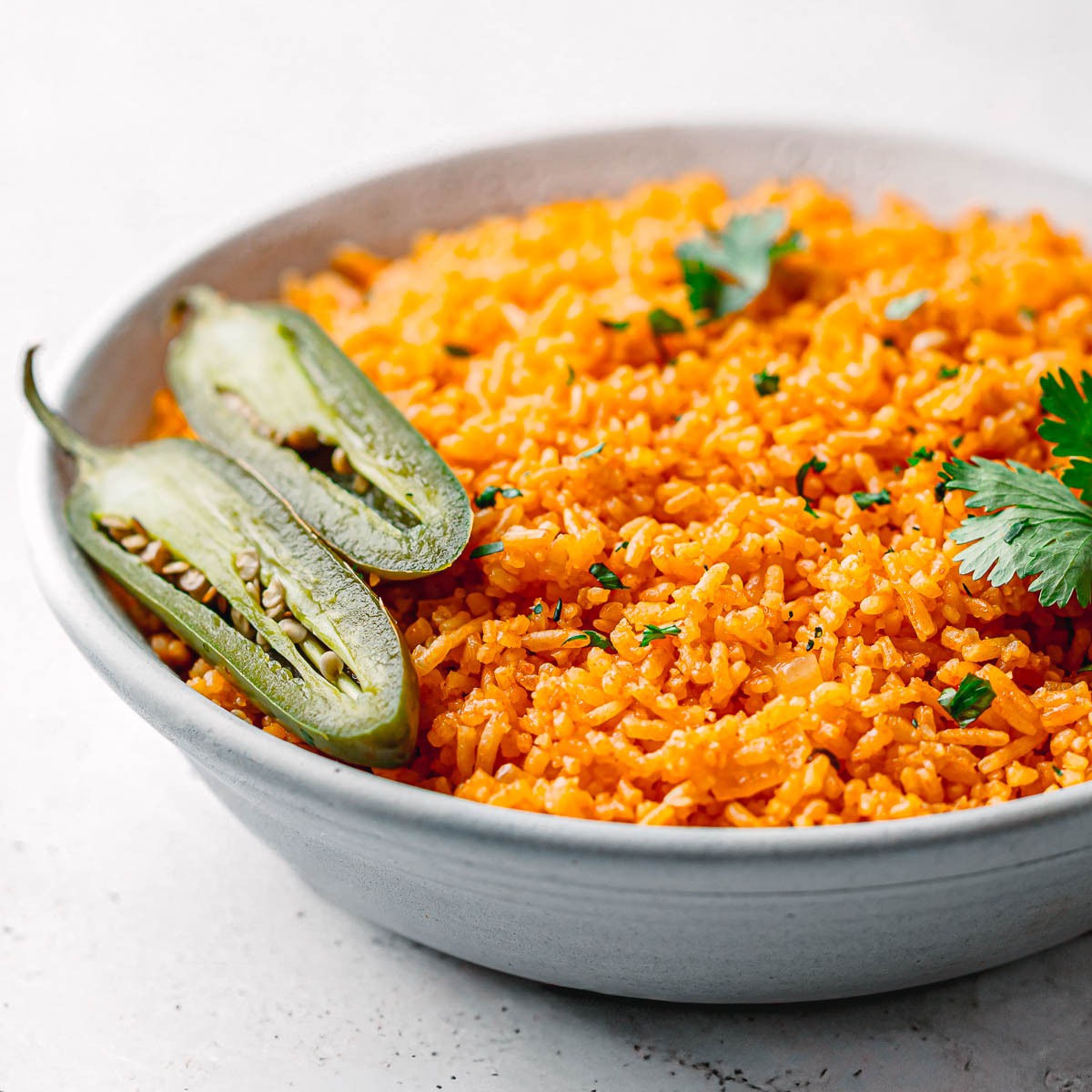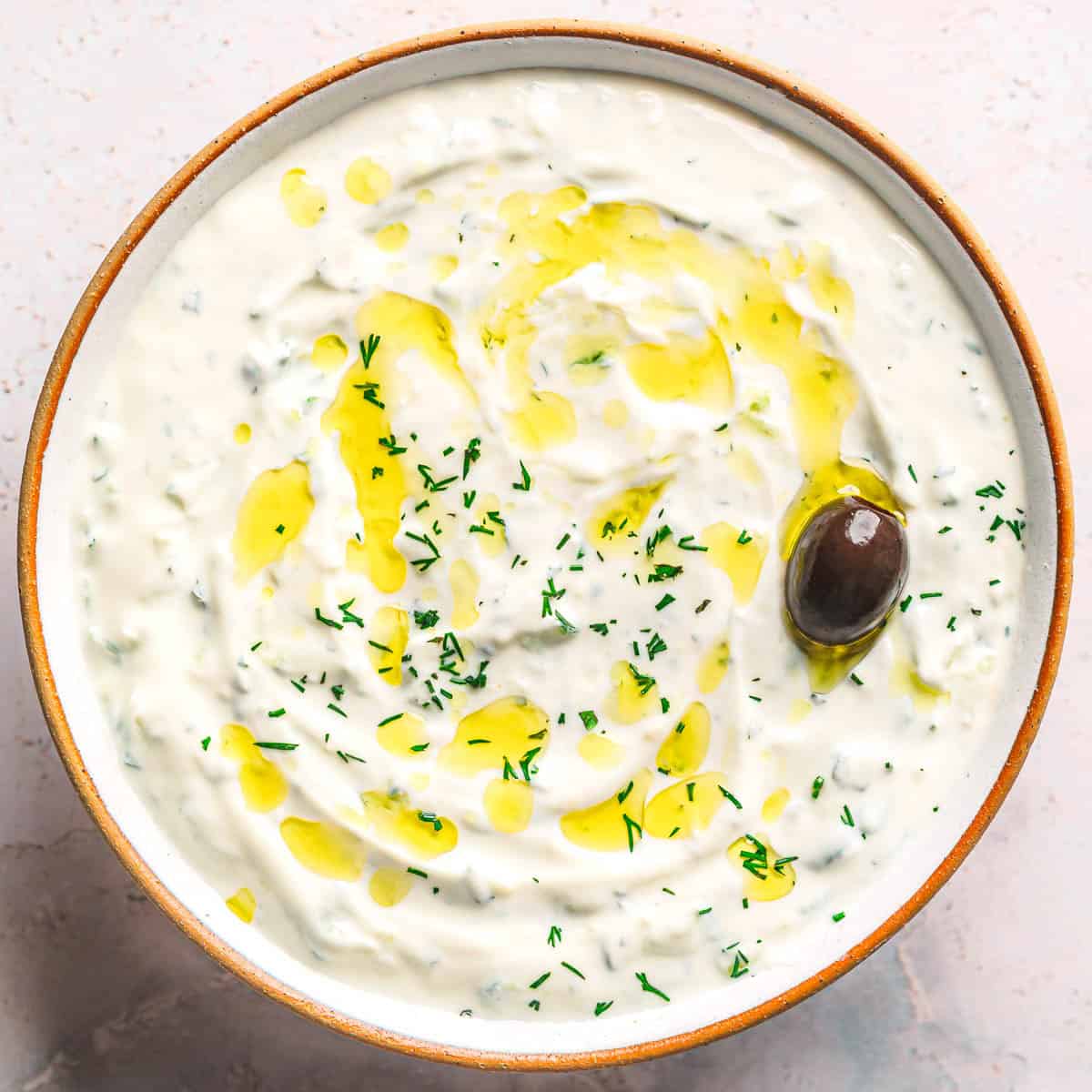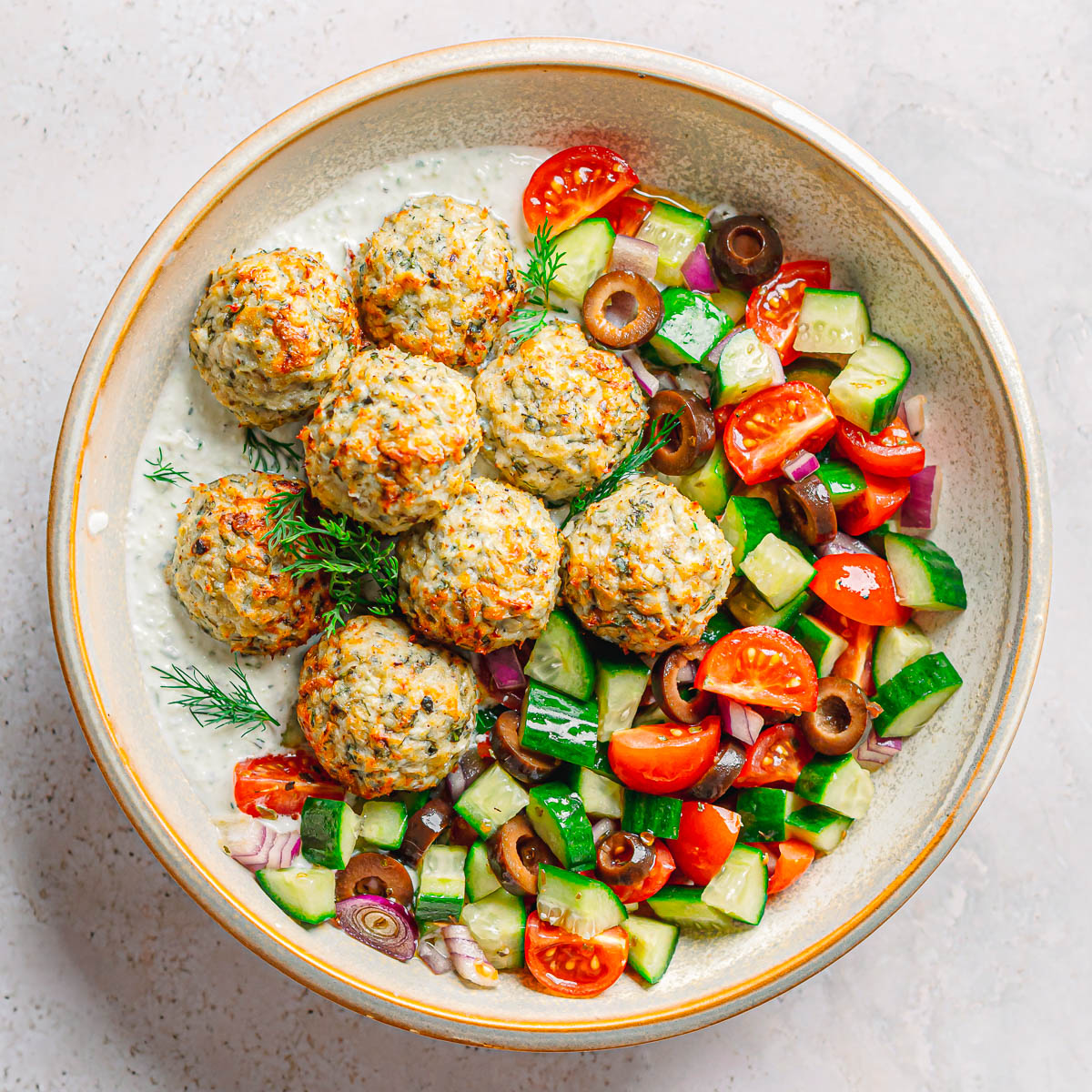A healthy chickpea curry that will leave you satisfied and wanting more! It's absolutely the creamiest curry, and you can enjoy it at any time of the week. It's perfect for lunch or dinner, and a great addition to your weekly meal prep.

Today, I am going to show you how to make coconut chickpea curry at home. This vegan curry will quickly become a staple food for you, and for many good reasons.
You can serve this chickpea curry with Indian-style rice, so tasty!
Jump to:
Why You'll Love this Vegan Coconut Chickpea Curry
1. Chickpea Curry is Cheap to Make
Why spend more than $15 on one order of Chickpea curry at the restaurant when you can make your own in much larger quantities and at a fraction of the cost?
You can make a big pot of garbanzo beans curry for a whole family for under $5! If you're looking for healthy dinners on a budget, this chickpea curry is for you.
2. A Delicious Vegan Meal
This chickpea curry will prove that making vegan food that tastes good is really not that hard!
The curry is loaded with unique flavors due to the combination of sweet and savory spices in the curry powder. The sauce has earthy, bright, sweet flavors that also bring a balanced amount of heat. It's so addictive!

3. Easy to make
This flavor-bomb chickpea curry can be prepared and cooked in about 30 minutes. This makes it a perfect last-minute meal that anyone without even beginner cooking skills can make at home.
4. Healthy
Curry powder is one of the main ingredients in this dish. Curry powder is packed with anti-inflammatory properties. It offers a wide array of health benefits, from fighting inflammation to the brain and digestive boosts, and even lowering blood sugar levels.
Here you can learn more about the health benefits.

5. Makes for great leftovers
Curry is one of those foods that can taste even better the next day. When it's stored over an extended period, the flavors disperse more evenly and deeply.
Ingredients
To make this curry, you'll need the following ingredients:
Chickpeas. Also known as garbanzo beans. You can use canned chickpeas or cook the dry beans from scratch.
Chickpeas are high in protein. They are also high in fiber and have no cholesterol. Chickpeas are a great replacement for meat, especially when you're trying to lower your cholesterol to prevent heart disease.
Curry powder. Be sure to use Indian-style curry powder. You can find Indian curry powder at any Indian market or regular grocers, such as Sprouts, Ralph's/Kroger, Vons, Walmart, or Target. Basically, you can use any brand so long as you know that the curry powder tastes good!

Tomatoes. You can use canned crushed (for a smoother texture) or diced tomatoes (for a chunkier sauce) with low to no sodium added if possible. The canned tomatoes should also be free from any seasoning.
Coconut milk. I used full-fat coconut milk to add creaminess, smoothness, and sweetness to the curry sauce.
Onion and Garlic. Onion is the holy grail of Indian curries! I used fresh yellow onion and garlic as the base seasoning for the curry. Red onion is a staple in Indian cuisine so you can also use red onion as a replacement for yellow onion.
Sugar. I added a small amount of sugar to bring out more of a sweet flavor to the sauce.
How to Make Coconut Chickpea Curry
1. Prepare the Ingredients
· Slice the onion and mince the garlic.
· Rinse the chickpeas and drain well.

2. Cook the Curry Base
· In a medium-sized Dutch oven, heat oil over medium-low heat.
· Add the diced onions and a pinch of salt. Cook it for 10 minutes or until the onions are golden browned.
· Add the garlic and curry powder. Cook just until fragrant.
· Add the canned tomatoes and cook until the sauce is reduced.

3. Cook the Chickpeas
· Add the chickpeas and coconut milk into the pot.
· Bring the mixture to a boil then reduce the heat, and simmer, uncovered, for about 10 minutes.
· Season to taste with sugar and salt.

Cooking Tips for Vegan Chickpea Curry
· Cook the onions perfectly. It's a crucial step in preparing an Indian meal. You'll want to cook the onion slowly, over an extended period of time to allow the sugar content to break down more evenly. Remember, the onion needs to be browned, not burnt. The cooking time is dependent on the number of onions goes into the pot and the type of stove and pot you use. For that reason, do not rush as you need to give your onions enough time to cook all the way through.
· Adjusting the recipe. You can make your own version of curry by adding more healthy ingredients to the dish. For example, to add more greens, throw in some fresh spinach, broccoli, or green peas to the dish. Carrot, cauliflower, potato, eggplant, and butternut squash work great in curry, too.
· Adding some heat. If you love your curry to be spicier, feel free to add a small amount of Kashmiri chili powder or cayenne pepper at the end of the cooking.

How to Store the Leftover Tomato Chickpea Curry
- First, let the chickpea curry cool at room temperature, no longer than 2 hours or 1 hour if the temperature is at 90°F or higher.
- Once cooled, you can refrigerate the curry in an airtight container and consume it within 3-4 days.
- To extend the shelf life, you can put the curry in the freezer for up to 3 months.
How to Reheat the Chickpea Curry
You can reheat the leftover curry in a microwave, oven, or on the stove.
In a microwave. Simply put curry in a microwave-safe bowl. Reheat the curry for 60 seconds, stir, and continue cooking for an additional 30 seconds or until warmed throughout.
On the stove. Place the curry in a saucepan, cover, and simmer for 3-5 minutes or until warmed throughout over low heat, stirring occasionally. Add a small amount of water if needed to thin out the sauce.
In the oven. Place the curry in an oven-safe dish and cover it with a lid or foil. Cook in the preheated oven at 350°F for 15 minutes or longer or until warmed throughout.

Shopping Tips
· Where to buy chickpeas. You can find canned chickpeas at any major supermarket for around $0.79 - $1.99 per can.
I usually buy low-to-no sodium-added chickpeas, and always rinse and drain the beans prior to cooking them.
· Avoid BPA lining canned products. If possible, choose canned products with Non- BPA lining. Non-BPA lining canned products are usually sold at similar price tags to the ones with BPA.
· Save money. To reduce your cooking cost, you can buy curry powder from the bulk section. Only purchase the right amount of curry that you're going to use for this recipe.
I hope you'll enjoy this recipe and share it with friends! If you try it and don't mind, please leave me a comment and give this recipe a rating.
📖 Recipe
Chickpea Curry Recipe
Ingredients
- 2 cans (15.5 oz each) chickpeas, (rinsed and drained)
- 2 tablespoons vegetable oil
- 2 cups diced yellow onion
- 1 tablespoon minced garlic
- 1 can (15 oz) diced or crushed tomatoes, (regular, no salt-added)
- 1½ tablespoons Indian curry powder
- 1 can (13.5 oz) coconut milk , (full fat)
- 1 teaspoon white sugar
- salt and black pepper , (to taste)
For Serving:
- fresh chopped cilantro
- fresh lime wedges
Instructions
- In a Dutch oven, heat oil over medium-low heat. Add the diced onions and a pinch of salt. Cook it for 10 minutes or until the onions are golden browned.
- Add the garlic and curry powder. Cook just until fragrant, about 1 minute. Add the canned tomatoes and cook for 2-3 minutes or until the sauce is reduced. Scrape the brown bits that stick to the bottom of the pot to prevent burning. Use a spatula to break up some diced tomatoes if desired.
- Add the chickpeas, coconut milk, and sugar into the pot. Bring the mixture to a boil then reduce the heat to low, and simmer, uncovered, for 10 minutes or until the sauce is thickened.
- Season to taste with salt and black pepper. Serve with Indian-style rice, fresh cilantro and a squeeze of fresh lime juice.




















Comments
No Comments